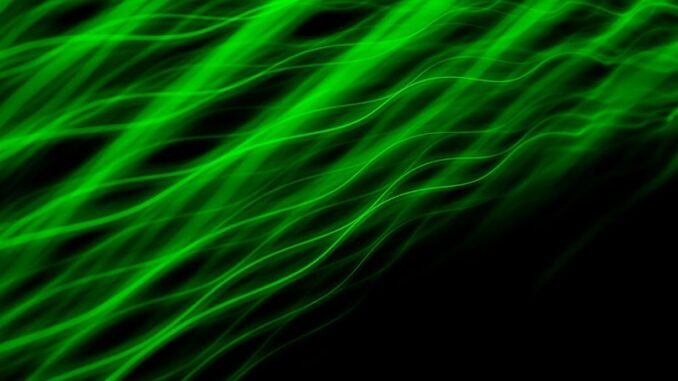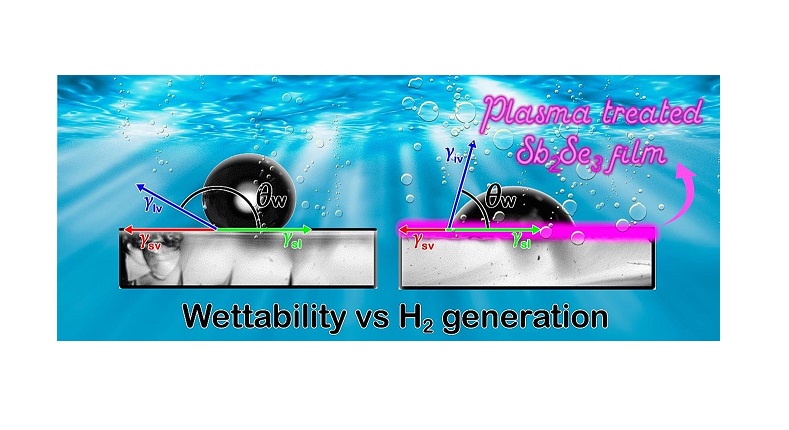
Experiment leads to material modified for use in solar-driven water splitting to produce hydrogen
Research conducted in Brazil at the Center for Development of Functional Materials (CDMF) and the Center for Innovation in New Energies (CINE) has developed a novel approach to the plasma treatment of antimony tri-selenide (Sb2Se3) films that makes their surface hydrophilic, i.e. attracted to water molecules and easily dissolved by water, instead of hydrophobic (repelled by water).
The study is described in detail in an article published in Chemical Engineering Journal.

The material has properties that enable its use as a photocathode to produce hydrogen gas by the solar-driven water-splitting method. The hydrophobic surface of antimony tri-selenide compromises its performance in the photoelectrochemical cell, diminishing its capacity to convert light (solar energy) into chemical energy. Production of hydrogen using solar energy is important because hydrogen gas is a strong candidate for the production of electricity in vehicles and elsewhere.
In the experiment, the researchers used nitrogen and ambient air plasma to enhance the material’s wettability (its ability to maintain contact with a solid surface due to intermolecular interaction) and thereby increase its photoelectroactivity in the hydrogen evolution reaction. The result is a possible novel strategy to improve the wettability of semiconductors.

